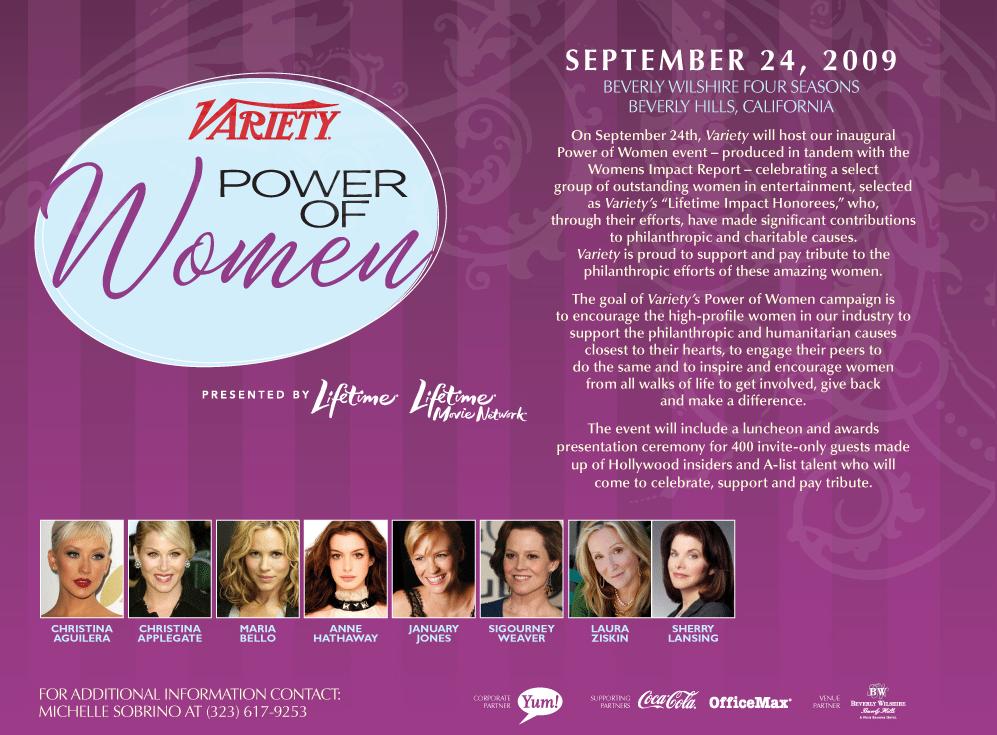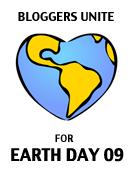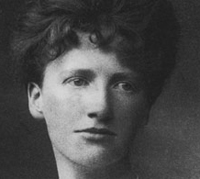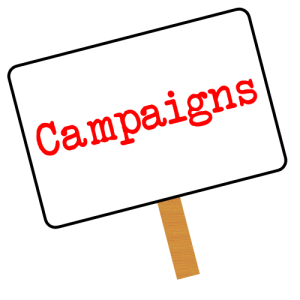
Get your smokey on. This is the tagline for a new campaign sponsored by the Ad Council, USDA Forest Service and the National Association of State Foresters.
It’s also the tagline for the first social marketing campaign highlighted in my campaigns series. I chose this campaign not only because of its relevance and timeliness, but also because of some of the social media promotional components integrated with the campaign.
Meet Smokey Bear: Born in 1944, a time when firefighters were serving in the war effort. Thus, fire prevention became a key wartime issue. In 1944, 22 million acres of land were lost with 9 out of 10 forest fires were accidental. Most of Smokey’s campaigns focused on specific fire-prevention behaviors with the message, “Only you can prevent forest fires.”
Smokey Bear’s Make-Over: Today, Smokey Bear wants others to “Get Your Smokey On,” encouraging others to take on Smokey’s characteristics of encouraging others to practice fire safety behavior and to even intervene if necessary.
Background Research: According to the Ad Council, an average of 6.5 million acres of U.S. land was burned by wildfires every year for the past 10 years. Research also shows that many Americans believe lightning starts most wildfires. However, 88% of wildfires nationwide are started by humans. The principle causes are campfires left unattended, trash burning on windy days, careless discarding of smoking materials and BBQ coals and operating equipment without spark arrestors.
Objective: To encourage the target audience to sign the “Get Your Smokey On” Wildfire Pledge,” where signers pledge to “Be smart whenever I go outdoors.” The pledge also outlines 9 points of safety behaviors and beliefs that the reader agrees to follow.
Audience: The primary audience are adults aged 18-35 who are causal campers, hikers and bikers.
Campaign Components
- Online
- An Online Pledge
- Downloads: Print your own Smokey Bear mask
- Educational Information
- A Mash-up Map showing where wildfires are currently burning in the U.S.
- A live tracker for how many acres have burned in the U.S. so far this year
- Online Kid’s games
- Campaign History
- View the PSAs online
- Commercials/PSAs
Evaluation: The Smokey Bear campaign has always been evaluated based by the reduction in the number of acres lost annually in fires and based upon the campaigns recognition. Smokey Bear is currently the most recognizable image in the U.S., after Santa Claus.
Creator: Made pro-bono by DraftFCB. In the close future, Smokey will also be featured in PSAs alongside Sleeping Beauty created in partnership with The Disney Company .
Social Marketing Rating: According to the social marketing wiki, this initiative meets the requirements for social marketing. However, on the wiki it is argued that it’s not very good social marketing stating that the online pledge mixes behavior and non-behavior objectives and is too long for readers to actually follow. It’s review goes on.
However, I think it’s a great awareness and promotional campaign. In terms of taking a complicated issue, research and statistics and communicating it, especially online. I think the campaign has two most powerful components:
- The mash-ups outlining statistics. This makes the issue real, alive, relevant…and local.
- The message that an individual can be empowered as an advocate.
What do you think? What’s your analysis?









